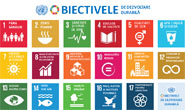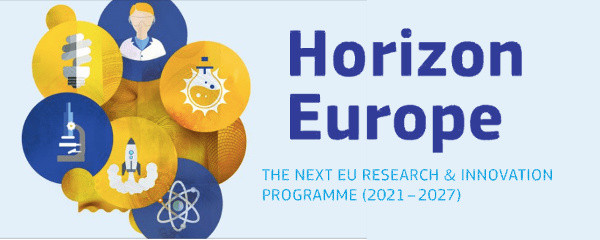Catering to car buyers’ desires
Buying a new car is one of the biggest purchases most people make. But how can you be sure that the car you order will live up to your expectations? European and Asian researchers are using immersive virtual reality and emotional design to offer a solution.
Most people do not buy cars on a whim and most do not want just a standard model. They will often spend weeks comparing features before deciding whether to splurge on leather seats or put the money towards high-performance alloy wheels instead. The customer’s choices will not be based on functionality alone – if that were the case we would all drive the most fuel-efficient vehicles that can get us from A to B as cheaply, safely and comfortably as possible. Design also plays a major role, attracting people to a certain model based on tastes and feelings alone.
For manufacturers, this has long created a dilemma. Since the first assembly-line Fords rolled off the factory floor almost a century ago, mass production has meant that vehicles can be produced cheaply enough so that nearly everyone in the developed world can now afford one. However, customers also want more customisation options, from different shades of colours down to engine configurations and internal finishes.
The researchers behind the EU-funded CATER project believe they have developed a better way to efficiently present customisation options to customers and help them decide, overcoming the constraints of dealers’ catalogues and the often bland vehicle configuration systems on automakers’ websites.
“By giving people the chance to immerse themselves in the car in 3D virtual reality (VR), they can better understand what the options are, how they look and will feel more confident about making a purchase,” explains Manfred Dangelmaier, the coordinator of the CATER project at Fraunhofer IAO in Germany.
Immerse yourself in your future car
Instead of flicking through catalogues or having a dealer click through options on a computer, potential car buyers visiting dealerships fitted with CATER’s immersive vehicle ‘configurator’ would be able to visualise all the vehicle options and variations in high-resolution 3D, presented on a television, a large wall display or even in a virtual reality cave.
In the past, the high cost of VR systems has kept dealers from using the technology, but the CATER project has proven that it can be set up cost effectively. “The hardware itself is relatively low cost at between 10,000 and 12,000 euros for an installation... and the software runs on a normal PC,” Dangelmaier notes. “In addition, it would save dealers from having to have such large showrooms as you would only need cars for test drives not to show off different finishes,” he adds.
To help customers make their choices, the European, Malaysian and Singaporean CATER team has also developed an emotional design tool that helps potential buyers define what they want from a car. Called citarasa, a Malaysian-inspired word meaning strong intent, desire, aspiration and feeling, the concept involves showing customers images of everyday objects that reflect certain abstract emotions, tastes and feelings and connecting them with features on the car.
The system could, for example, interpret that a customer who selects an image of sunglasses wants a cool, modern look, while it may interpret someone selecting a picture of a business suit as wanting more refined features.
“The system is very similar to the mood boards used by graphic designers that help define tastes and emotions through images,” Dangelmaier says.
At the backend, the project team developed a database framework and components to help dealers communicate customers’ choices with manufacturers and these, in turn, to deal with parts suppliers as a way of improving logistics and supply chain management.
According to Dangelmaier, the CATER system benefits all parties concerned. Buyers obtain a better understanding and clearer impression of the vehicle they are purchasing, and the options on it, because they are given the chance to provide “soft information” about their tastes and feelings as well as “hard information” about their wants and needs. Dealers, in turn, should benefit from increased customer satisfaction and, potentially, through customers making their choices faster and requiring less assistance from sales personnel. And automakers should ultimately sell more vehicles while obtaining more information about customers’ tastes.
“Receiving feedback about customers’ likes and dislikes is essential if extremely costly design mistakes are to be prevented when developing new models,” the CATER coordinator notes.
Boost to the struggling auto industry?
In the modern car industry, especially amid the current economic crisis, producing just one model that sells poorly can often mean the difference between the survival and demise of a car manufacturer.
Dangelmaier is, therefore, confident that the current downturn in the industry will not hinder the chances for CATER’s technology to be adopted by car manufacturers.
“The auto industry is not one to go backwards in terms of innovation,” he notes. And, he adds, if virtual reality and customer-focused design help boost sales it could even help lift car companies that become early adopters out of the crisis.
The CATER project partners, who received funding under the EU’s Sixth Framework Programme for research, will showcase their results to car manufacturers from around the world at a workshop in Kuala Lumpur, Malaysia between March 25 and 28.
Source: http://cordis.europa.eu/ictresults/index.cfm/section/news/tpl/article/BrowsingType/Features/ID/90457
Source:















